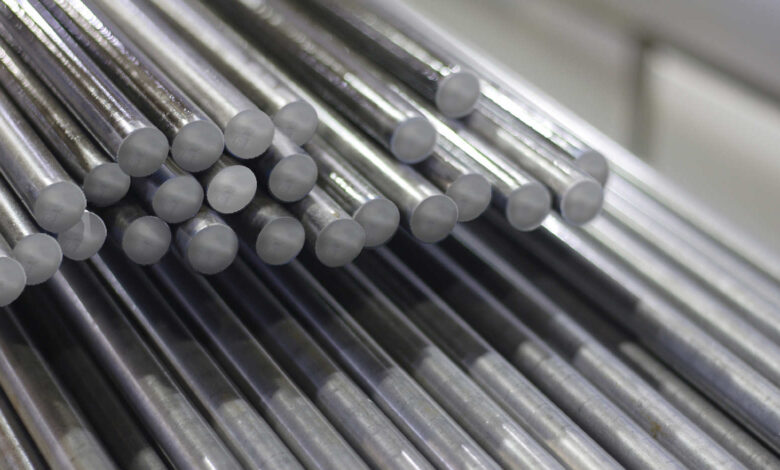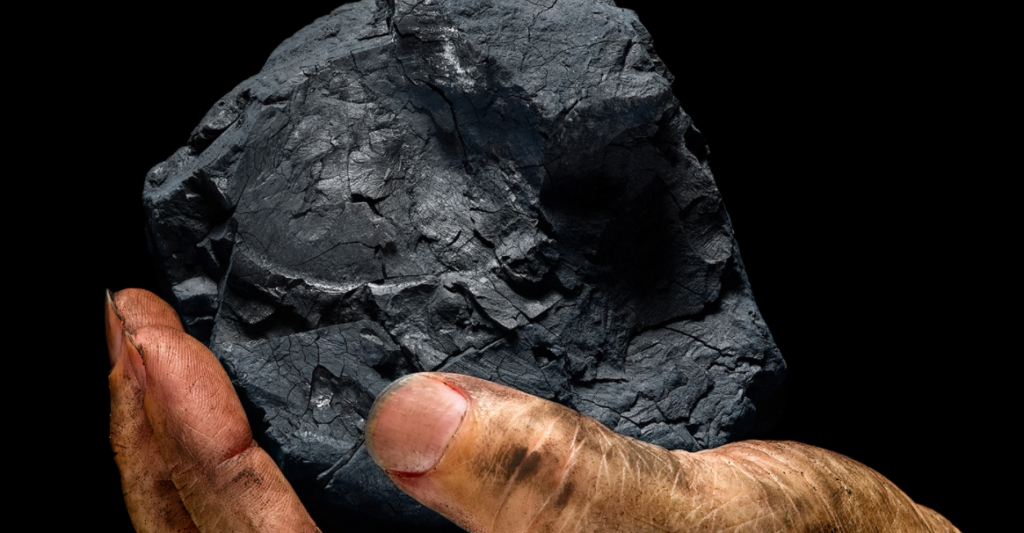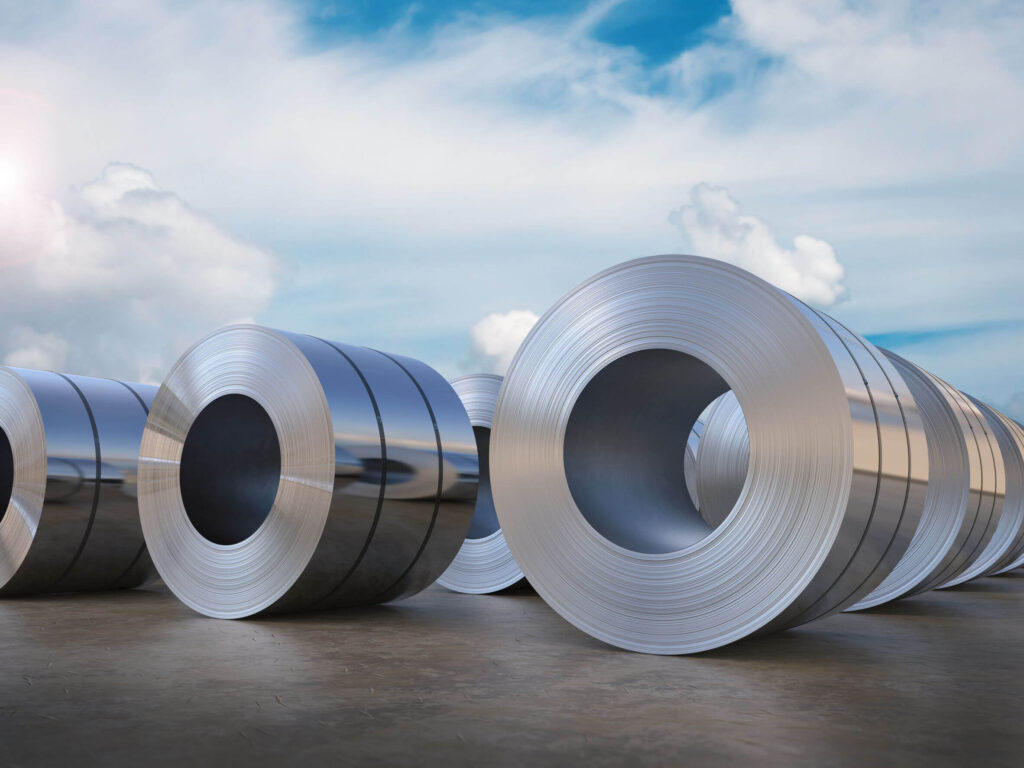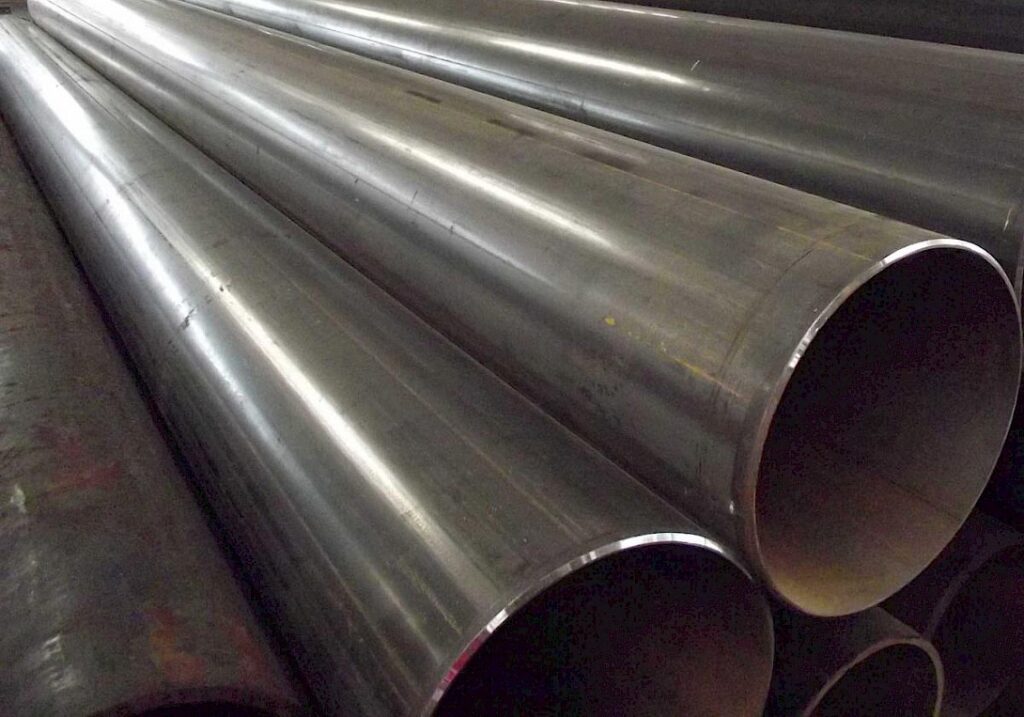
Casting Stainless Steel Vs. Carbon Steel
The applications of steel are incredibly diverse. From forging parts in aerospace to making utensils for kitchenware, steel has left a mark everywhere, and do you know what the best part is? It doesn’t rust or give away its brilliant shine through ages. It might come to you as a shocker, but there are various steel types that exist, two of them (Stainless Steel and Carbon Steel) will be discussed in this article.
Although both these types entail similar ingredients, the only difference that makes them distinct is the alloy anatomy. Carbon steel entails an alloy percentage of 10.5. On the other hand, stainless steel’s alloy composition must be at least 10.5% chromium, thus, giving them versatile physical characteristics and making steel suitable for different industry niches.
1. Composition

The fundamental ingredients that compose steel include carbon and iron. However, types of steel that contain a slightly higher carbon percentage are rigid and fragile. On the contrary, steels that entail lower carbon composition can be made into wires and have a tough appearance.
Since steels with lower carbon percentages are ductile, they can be utilized in various industrial applications and offer several use cases. Carbon Steel comprises 0.12 to 2.00% of carbon, while stainless steel contains iron, carbon, and 10.5% chromium content.
2. Uses

Thanks to stainless steel’s low carbon content, it exhibits more excellent ductility. Therefore stainless steel is often used in manufacturing automotive parts, panels, bolts, fixtures, kitchenware, and seamless tubes. However, carbon steels are tough, making them ideal for forging products that require resistance to abrasion and shape retention. As a result, they are not vulnerable to deforming easily.
3. Strength

Carbon steel exists in low, medium, and high carbon categories with different tensile strengths. Low carbon steel strength’s range starts from 60,000 to 80,000 pounds per square inch, whereas alloy steel features a tensile strength of 150,000 psi.
Apart from this, austenitic stainless steel features a tensile strength of 72,000 to 115,000 pounds psi, while steel ferritic follows a range of 65,000 to 87,000 psi.
4. Price

The pricing of the two types varies. Stainless steel is usually more expensive than carbon steel, even though prices depend on the grade and tensile strength. Stainless steel costs more due to the various alloy elements it features, such as chromium, nickel, manganese, among others.
What Should You Pick?
Based on the physical characteristics each type entails, there is obviously one type that trumps the other. It all depends on where you want to use it and what your requirements are. High carbon steel is susceptible to rust; it is fragile but wear-resistant. Therefore, if you need to build something durable, carbon steel is the way to go.
On the contrary, stainless steel is exceptionally resistant to rust, thanks to its composition, and is less brittle. However, it can wear out quickly. As a result, it won’t last long but surely trumps carbon steel in quality. To know more about the two types, visit Dawang Casting for further information.




